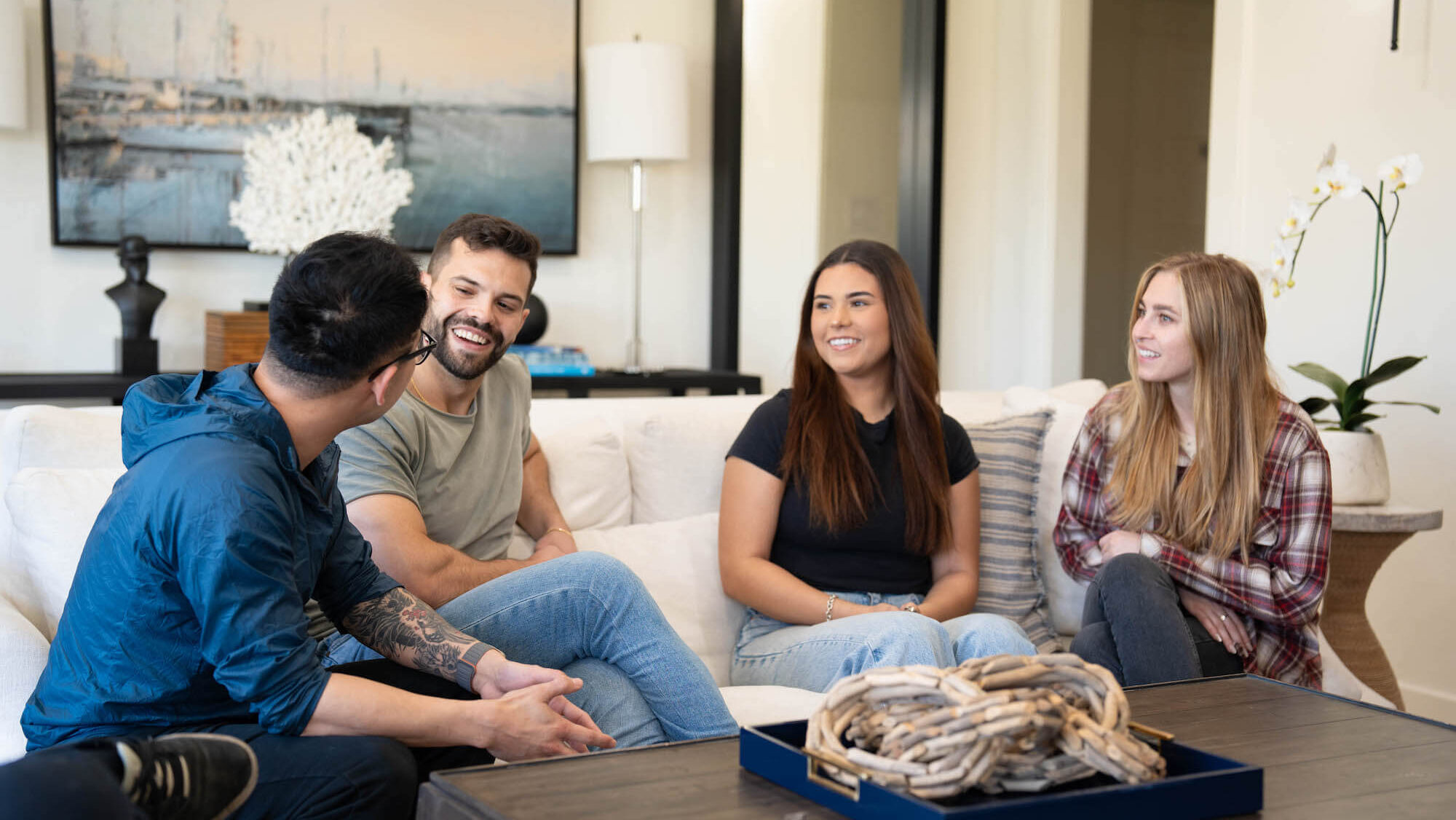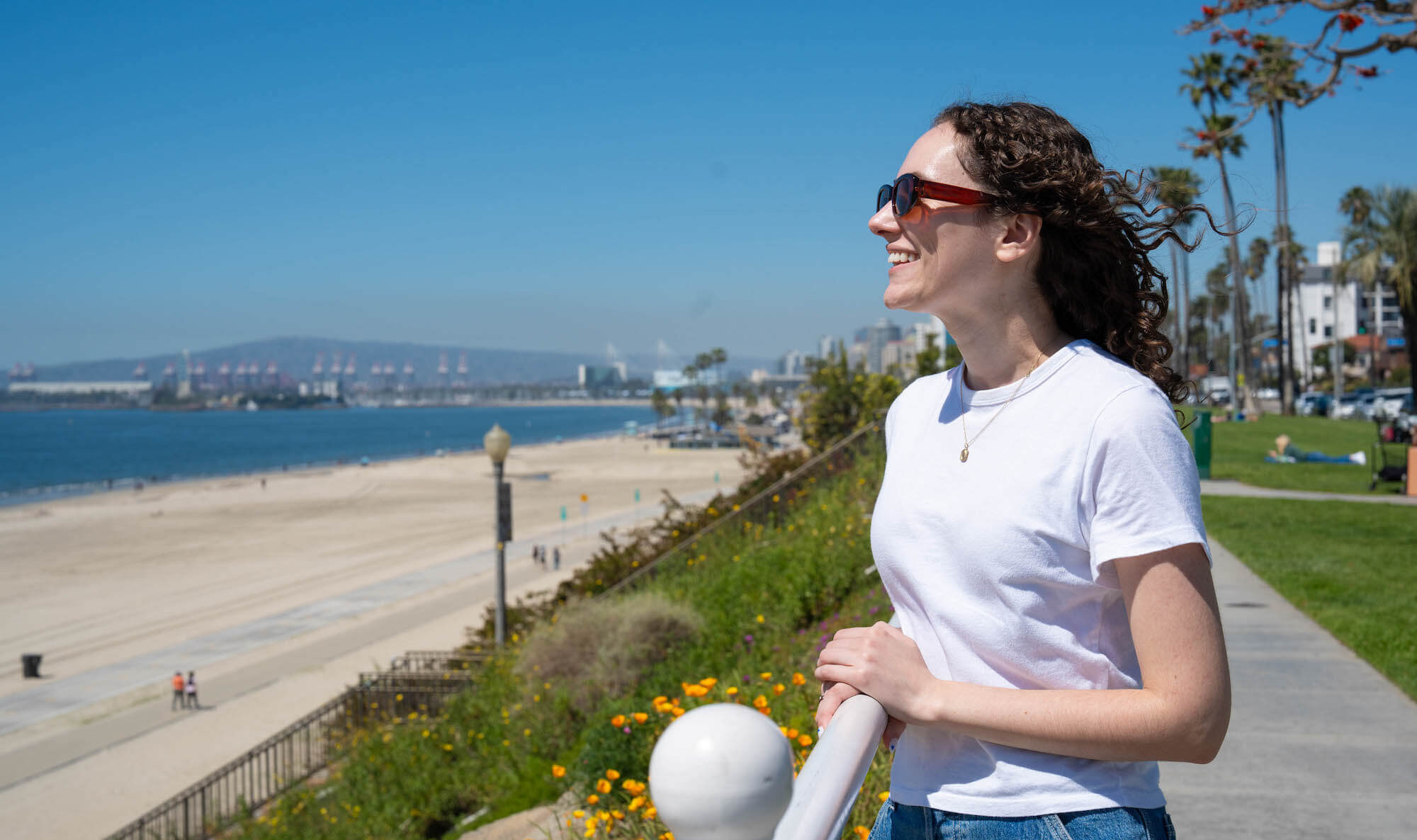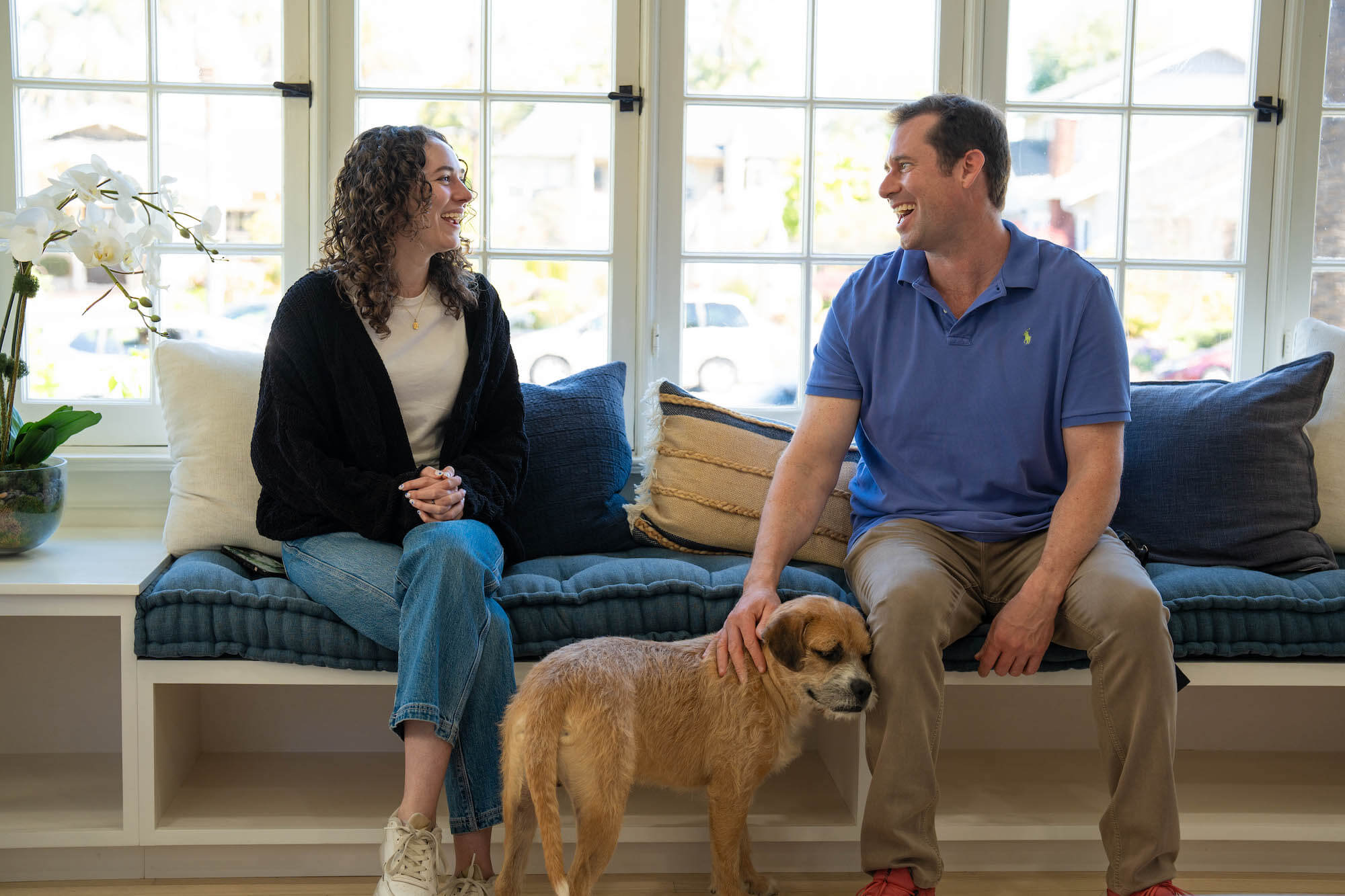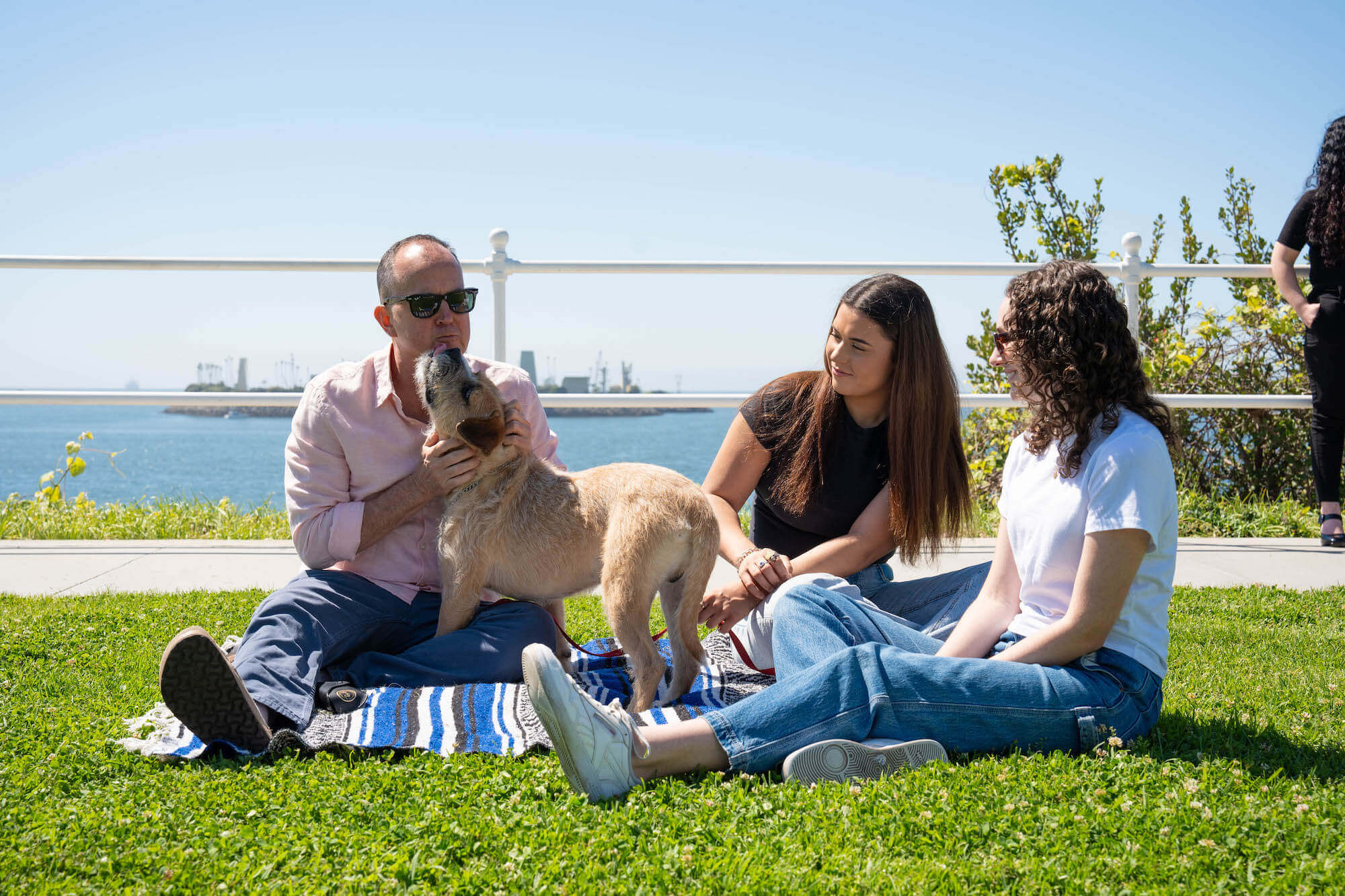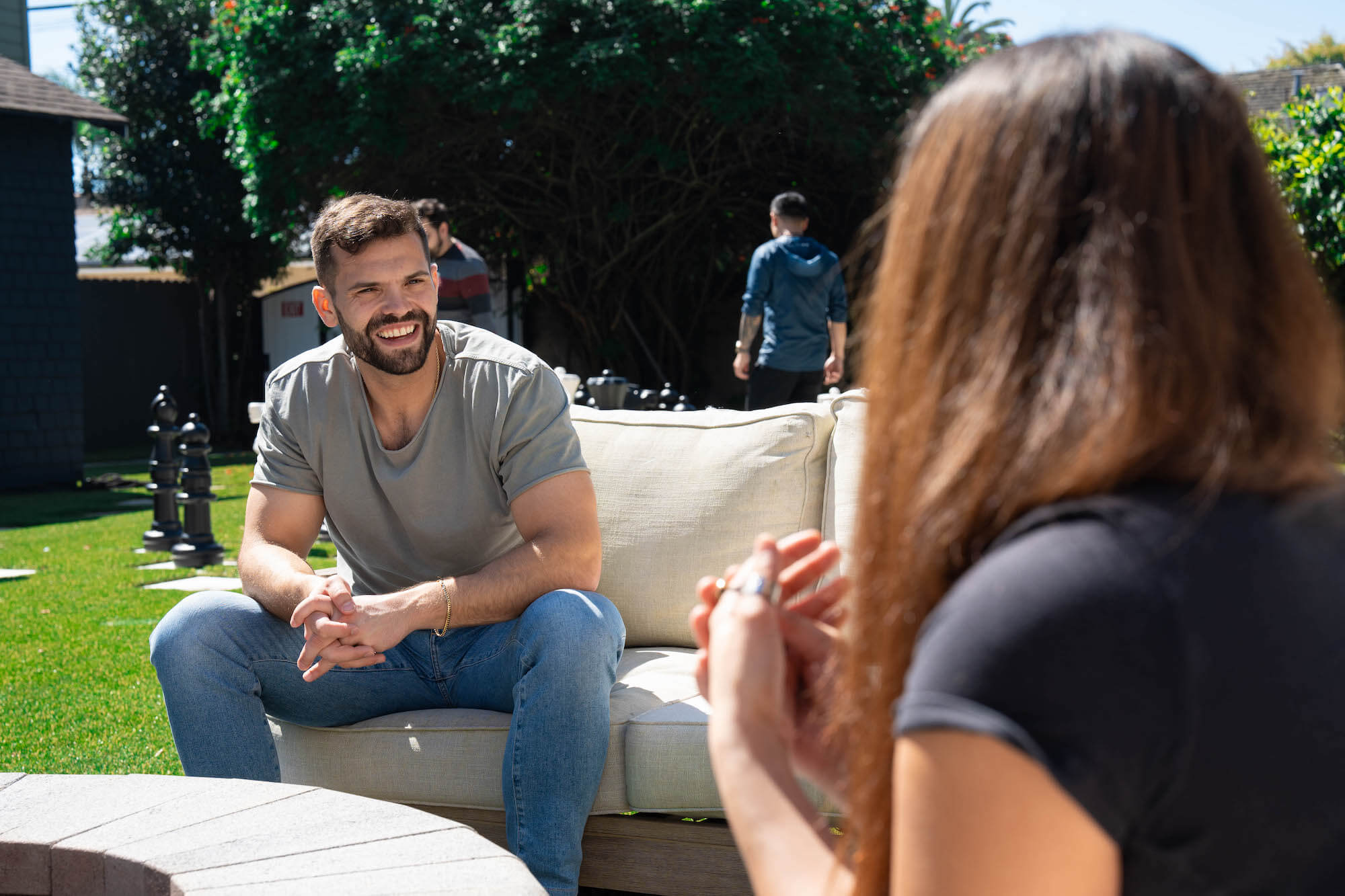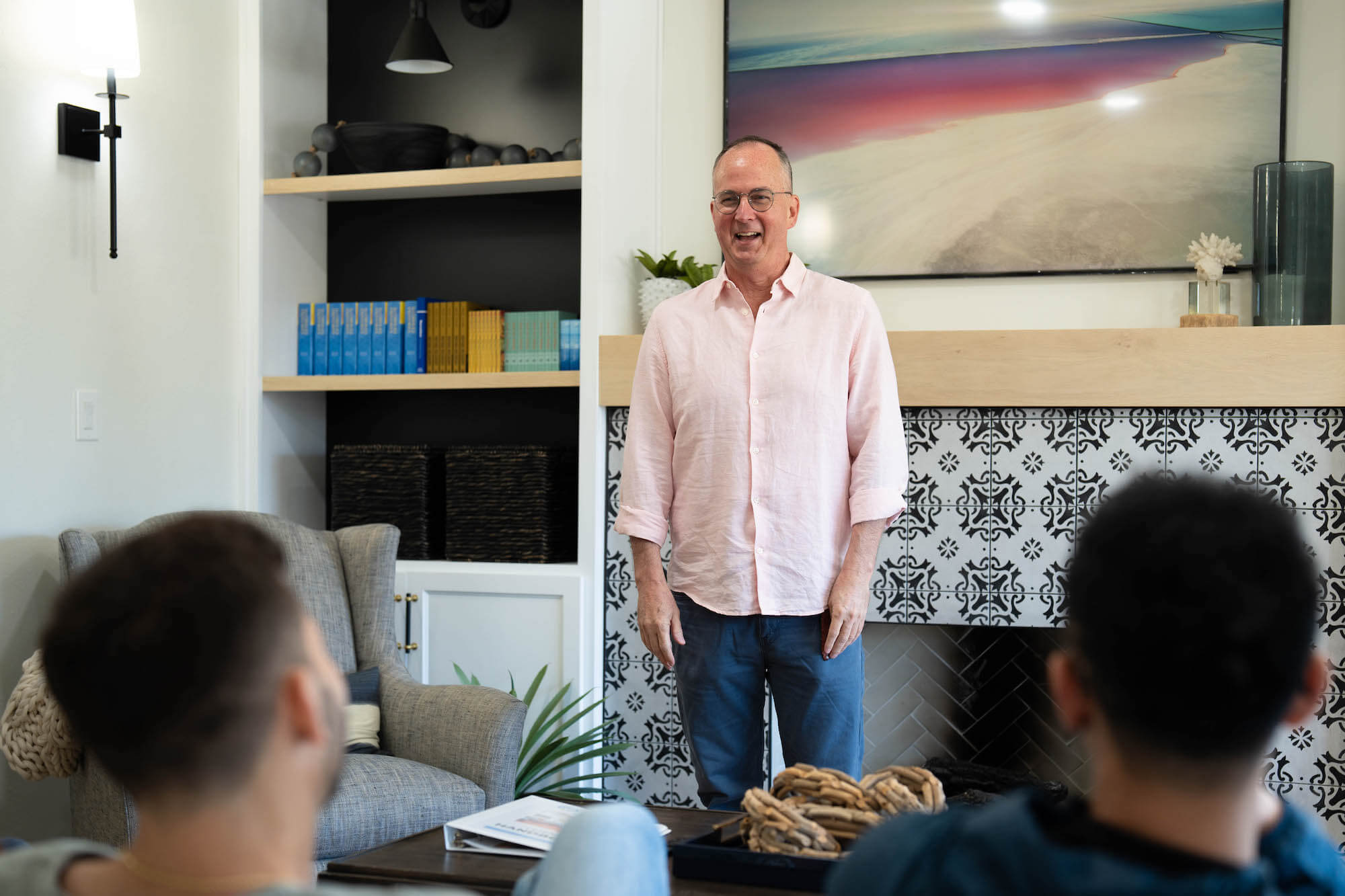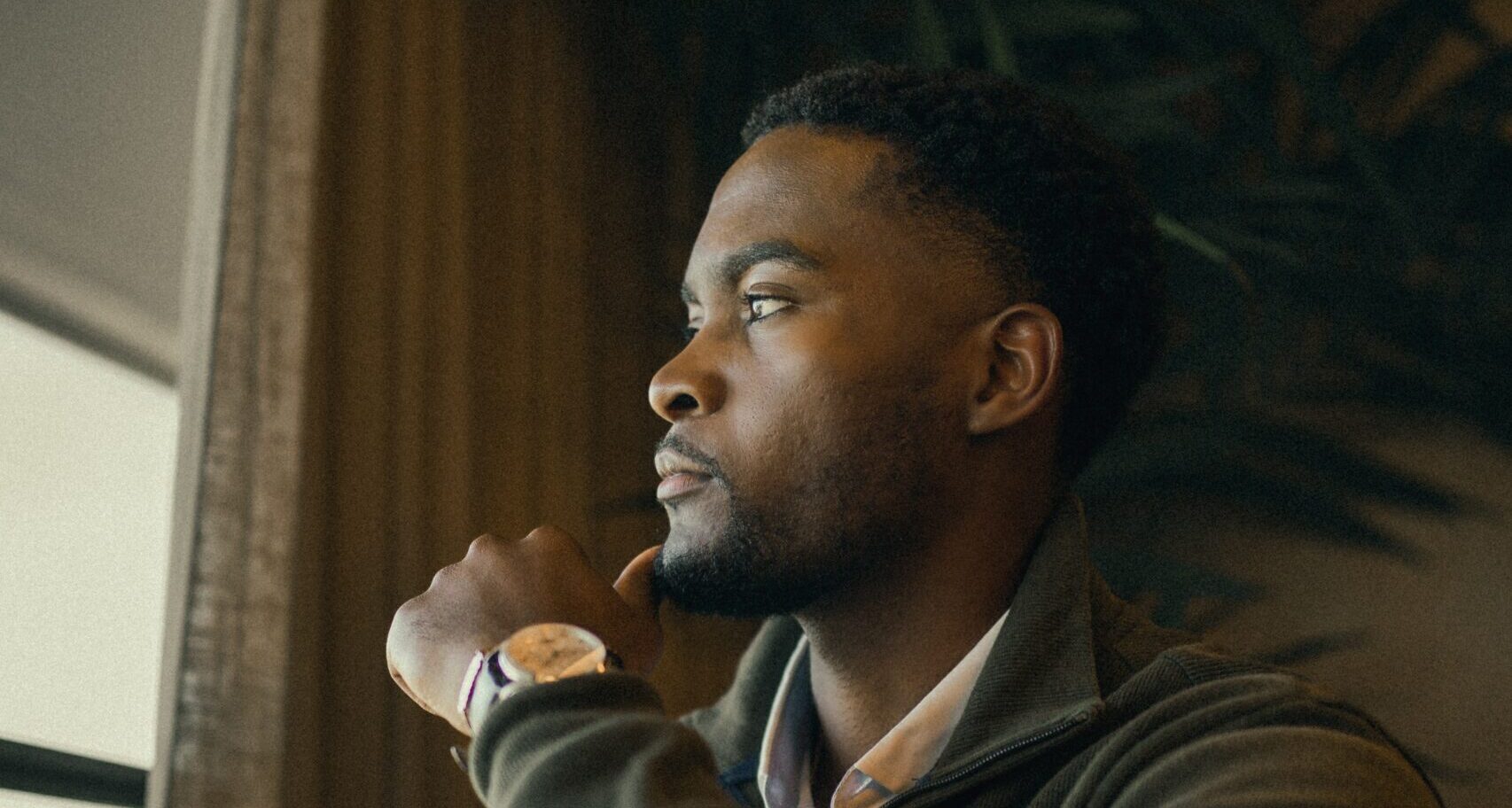
Home » Panic Disorder & Drug Addiction » Treatment for Panic Disorder & Addiction
Treatment for Panic Disorder & Addiction

Panic disorder and substance abuse frequently co-occur. Individuals with panic disorders may use drugs or alcohol to alleviate symptoms. Self-medication, though, offers only temporary relief while introducing significant risks and doing nothing to address the underpinning issues.
When panic disorder and substance use disorder occur at the same time, treatment that goes after both problems will offer the best results.
What Is the Best Treatment for Panic Disorder?
Panic attacks are surges of overwhelming fear which occur physically through symptoms such as a racing heart, rapid breathing, and profuse sweating. These attacks can escalate into panic disorder, a specific type of anxiety disorder.
Both psychotherapy and medications, or a combination of the two, are highly effective for treating both panic attacks and panic disorder. The duration of treatment varies based on the severity of the condition and the person’s response to therapy.
Psychotherapy, known informally as talk therapy, involves personalized techniques designed to help people identify and change harmful thoughts, emotions, and behaviors. Effective psychotherapeutic approaches include:
- CBT: CBT (cognitive behavioral therapy) is a first line treatment for panic disorder and many other mental health conditions. Individuals work closely with mental health professionals to pinpoint and reframe thoughts that trigger panic attacks.
- DBT: DBT (dialectical behavioral therapy) is a type of CBT originally developed to manage BPD (borderline personality disorder). The mindfulness component of DBT can help people recognize the early indicators of a panic attack.
- Exposure therapy: This therapeutic technique gradually acclimatizes a person to their panic triggers through imagined or real exposure. Techniques such as relaxation and breathing exercises are taught to help individuals manage anxiety during this process.
Medications useful for treating panic attacks and panic disorder include:
- Anti-anxiety medications: Benzodiazepines like Xanax (alprazolam) and Ativan (lorazepam) are commonly prescribed as panic attack treatment medication. Benzos should be used cautiously due to their potential for addiction.
- Antidepressants: SSRIs like Prozac (fluoxetine) and Paxil (paroxetine), or SNRIs like Cymbalta (duloxetine) and Effexor (venlafaxine), can decrease the frequency and intensity of panic attacks.

Can Drug Treatment for Panic Disorder Cause Substance Abuse?
If a treatment plan for panic disorder involves the prescription of benzodiazepines, this may lead to substance abuse.
Benzos are Schedule IV controlled substances. Most drugs under this schedule are considered to have a low potential for abuse. This class of medication, though, can rapidly lead to the development of dependence if not used as directed. This often but not always leads to addiction (sedative, hypnotic, or anxiolytic use disorder).
Can Addiction Intensify Panic Disorder?
Substance abuse can lead to more frequent and severe panic attacks, especially when used for self-medication. When a person stops using this substance, there is a risk that their panic attacks may not only return but also worsen. Sustained substance use may amplify the symptoms of panic disorder.

Alcohol and Panic Disorder
Alcohol is often abused due to its calming effects, leading to frequent co-occurrence with panic disorder. Some people may increase their alcohol consumption over time as a way to self-medicate against the anxiety-driven symptoms of panic disorder. Discontinuing use, though, can dramatically increase anxiety levels and the chance of experiencing panic attacks.
Marijuana and Panic Disorder
Marijuana is often used by individuals seeking to alleviate anxiety associated with panic disorders. In many cases, people instead experience an increase in anxiety levels and panic attacks.
Simulants and Panic Disorder
Stimulants are especially damaging for individuals with panic disorders. Substances like methamphetamine can heighten anxiety and induce physiological changes that are similar to those experienced during a panic attack, potentially triggering an actual panic attack for those predisposed.
Substance Use Disorder & Panic Attack Treatment
Addressing both substance use disorders and panic attacks together through a dual diagnosis treatment approach is central to effective recovery. This integrated strategy ensures that both the mental health issue and the addiction are treated simultaneously.
By focusing on the underlying causes of each condition, therapists can more effectively break the cycle of addiction and alleviate the severe symptoms of panic disorder. Treatment for co-occurring disorders usually includes a mix of psychotherapies, medication management, and lifestyle adjustments to promote long-term wellness and stability.
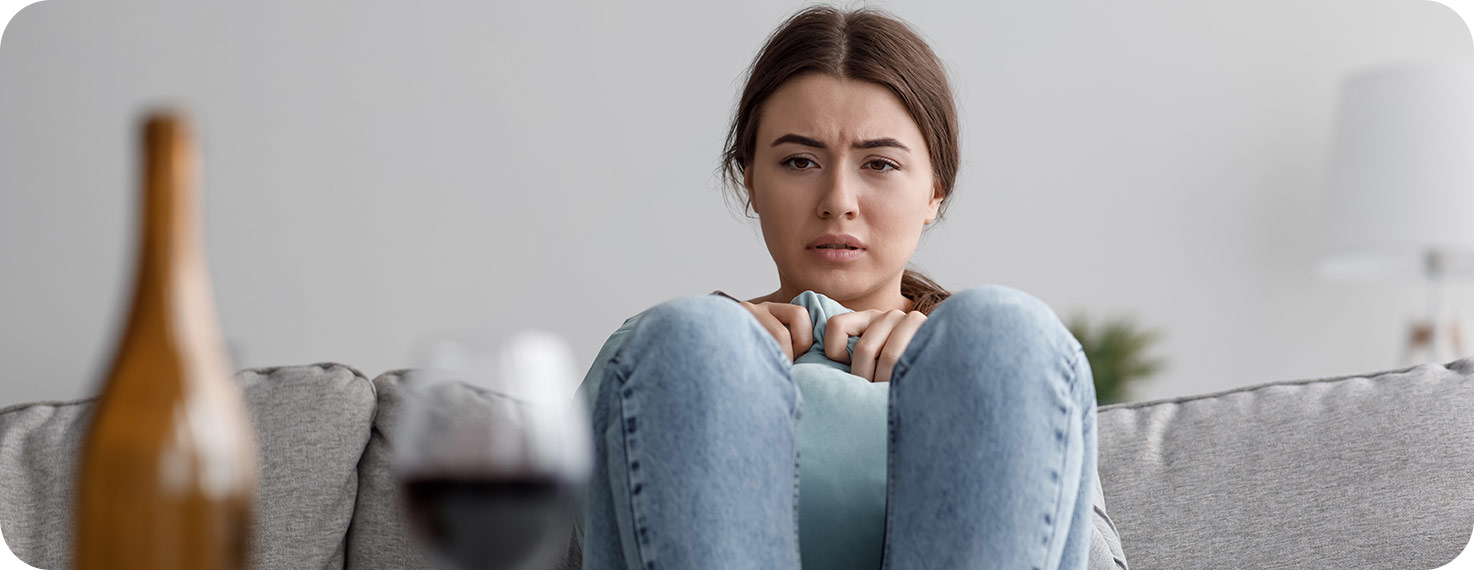
Treatment for Panic Disorder FAQs

Get Treatment for Substance Use & Panic Disorders at Gratitude Lodge
Since anxiety and addiction commonly co-occur, we treat all types of addiction and anxiety or panic disorders at Gratitude Lodge in Southern California. For those with dual diagnosis, we offer integrated treatments for panic disorder and drug addiction or alcoholism.
Detox at one of our luxury facilities in Long Beach or Newport Beach, CA, gives you access to FDA-approved medications to reduce the intensity of the withdrawal process. Continuous clinical and emotional care reduces the likelihood of complications or relapsing disrupting the early recovery process.
For effective and compassionate addiction and anxiety disorder or panic disorder treatment, call Gratitude Lodge at 800-994-2184.




